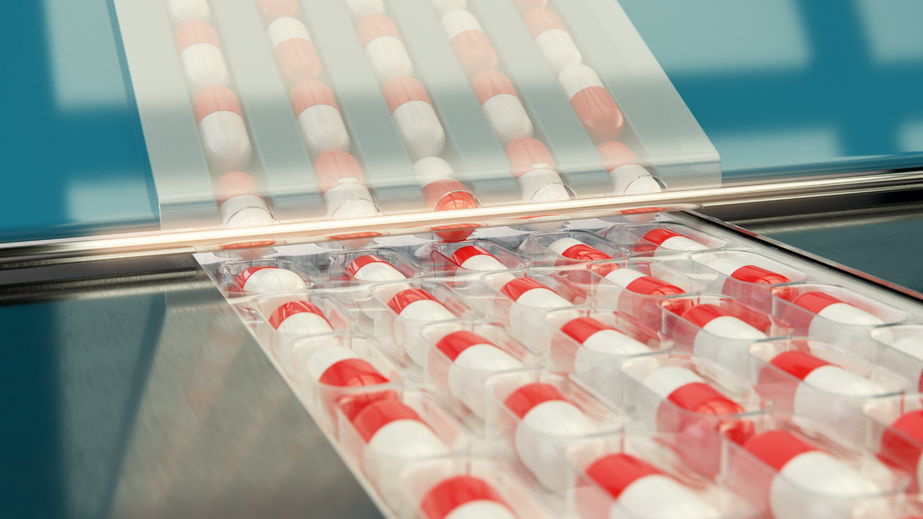In today’s fast-paced world, nearly anything can be counterfeited. Whether it’s money, designer shoes and handbags, or even food, counterfeiting is a difficult problem and one that many of the world’s biggest food producers are working to overcome. Anti-counterfeit packaging is designed to be very difficult to replicate, and this could help consumers make better buying decisions – and perhaps even protect their health.
The Highest Demand for Anti-Counterfeit Packaging
Right now, there are three industries that are the targets of counterfeiting, and those are the cosmetic, personal care, and pharmaceutical industries worldwide. Trends show that consumers are no longer purchasing premium products at the same rate, and they are instead buying budget-friendly options sold in their local markets. Unfortunately, this means that counterfeiters have an easier task ahead; the less expensive products typically have simpler packaging that is easy to replicate.
Making Changes – Starting with Pharmaceuticals
Though it’s bad enough for a consumer to be duped into buying a poor-quality counterfeit beauty product, it’s something else entirely when it comes to pharmaceuticals. Now more than ever, fraudsters are attempting to duplicate packaging and drug design, which can be dangerous and even lethal for some. As a result, pharmaceutical companies have taken great strides in protecting the integrity of their products. They utilize a variety of tracking technologies, holograms, sealing tapes, and even barcodes in an effort to help their customers identify genuine products.
Is There a Threat to the Food Industry?
Though food products are not counterfeited in the US at the same rate as beauty products and pharmaceuticals, there is some concern. As pharmaceutical companies and the manufacturers of beauty products integrate anti-counterfeit packaging into their product lines, crooks will turn elsewhere to make a profit. The food industry is massive, and some experts believe it is only a matter of time before duped food products hit the shelves. For this reason, companies in the food industry must be vigilant by looking into anti-counterfeit packaging right away.
The Best Bet: A Multifaceted Approach
Today’s counterfeiters can easily duplicate many of the safety features put into place to protect counterfeiting, so it is vital for food product manufacturers to use a multifaceted approach. Rather than using one anti-counterfeit technology, they need to use several. For example, utilizing holographic safety seals alongside difficult-to-duplicate RFID provides more protection than either one of these options alone.
The Role of Retail Chains
Of course, those responsible for manufacturing and packaging genuine products are not the only ones who need to be involved in the fight against counterfeiting. Retailers must also be vigilant and choose to buy their stock from manufacturers who have chosen to implement anti-counterfeit measures to keep their consumers safe. Retailers should work with their suppliers and vendors to discover which options and products best fit this description.
Counterfeiting is a big problem in many industries, but there is hope. When manufacturers, packagers, and retailers all work together to discover new ways to protect these products and the end users, it is possible to completely discourage counterfeiters, reduce crime, and protect the health and safety of the general public.

